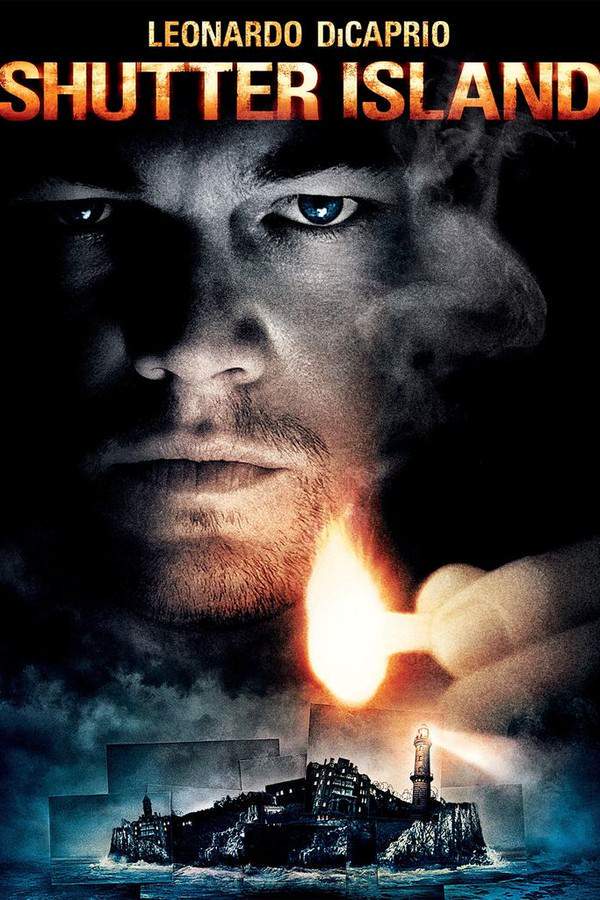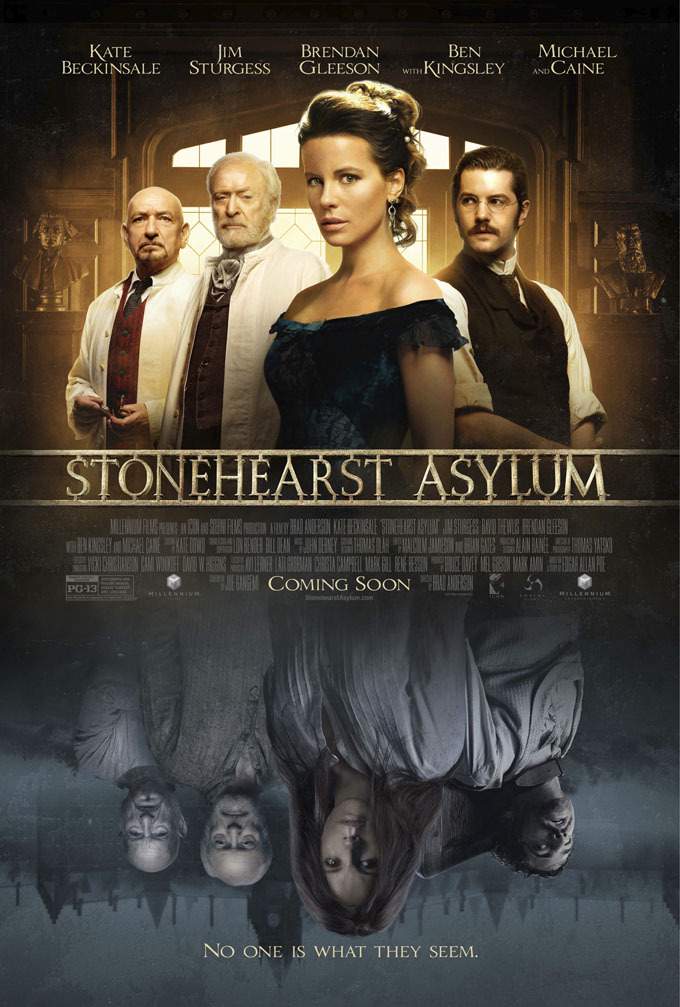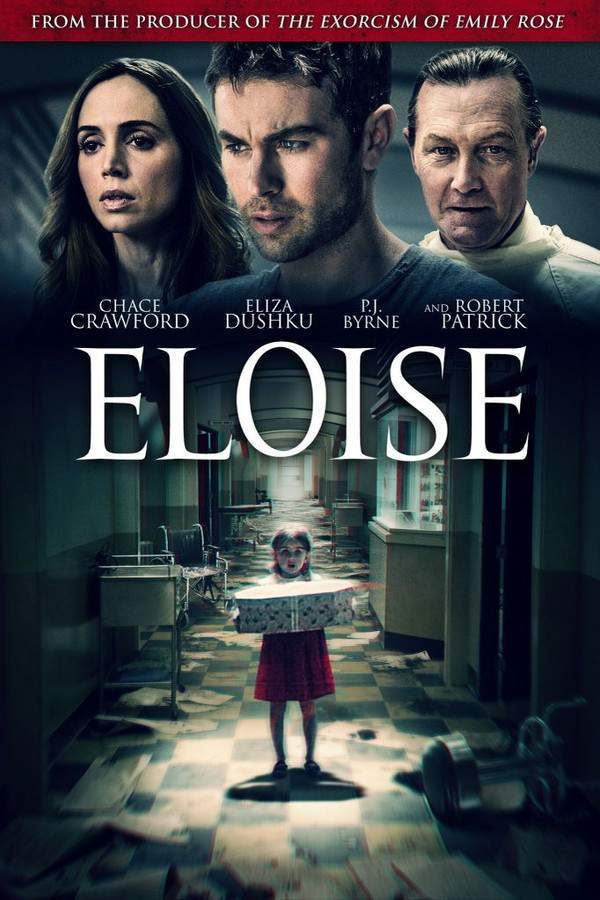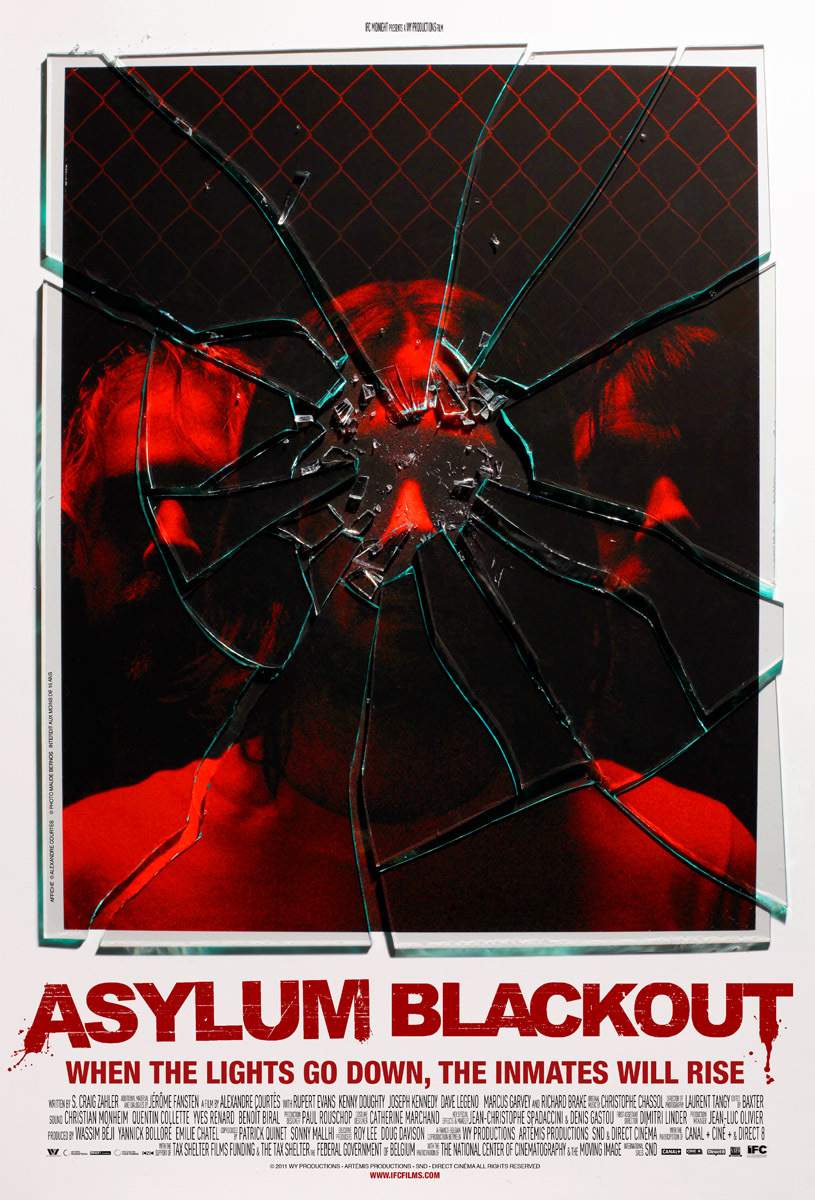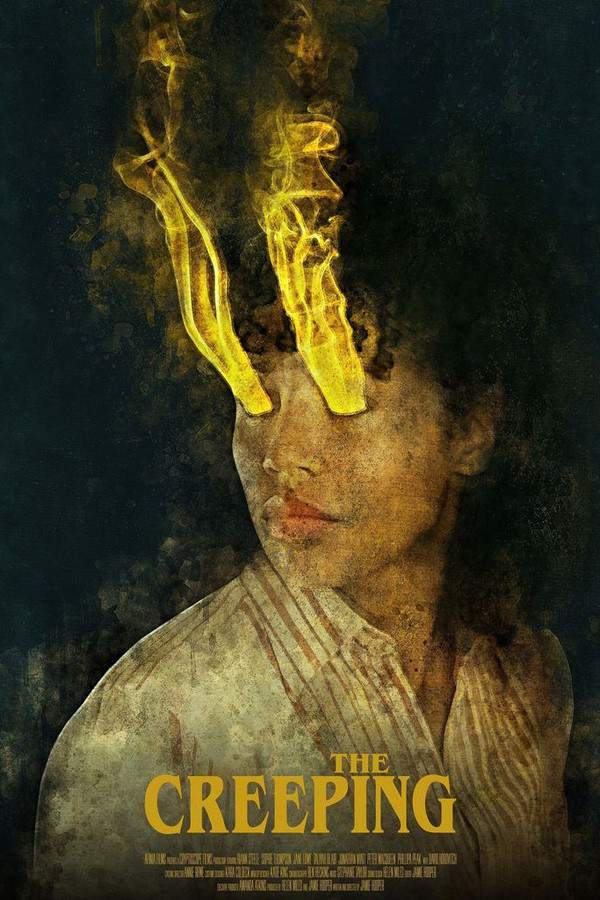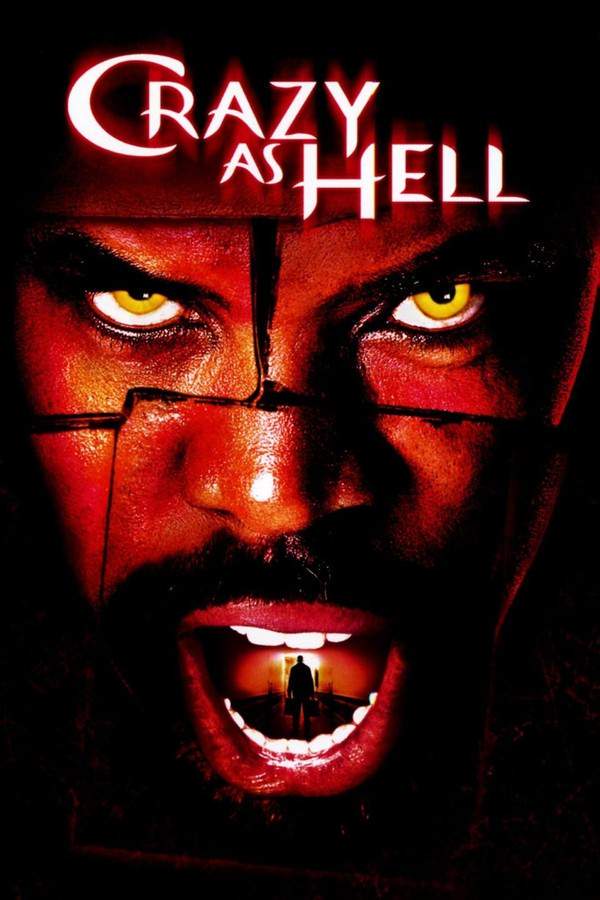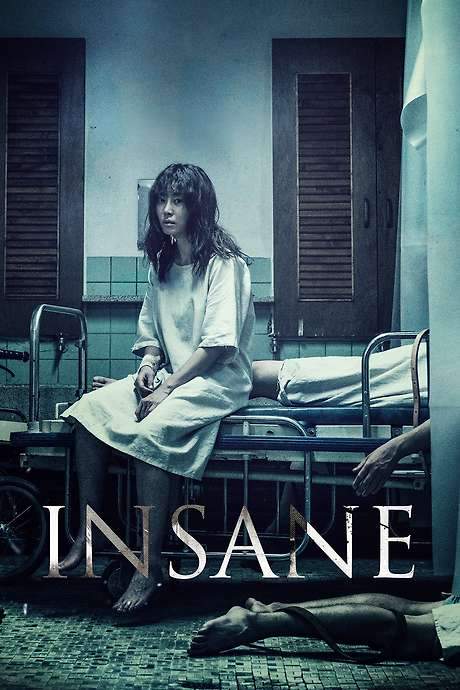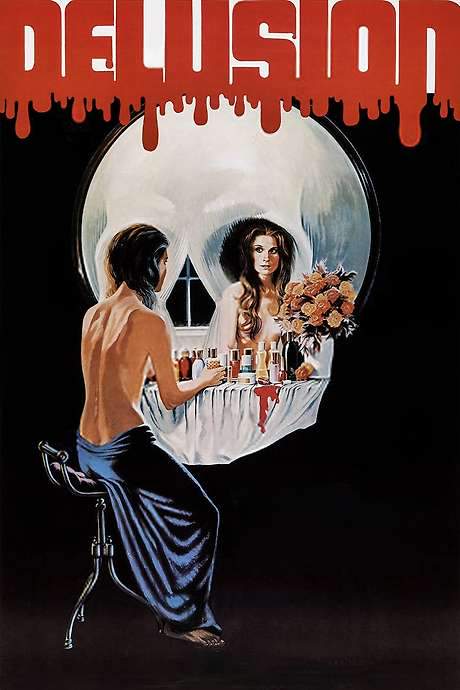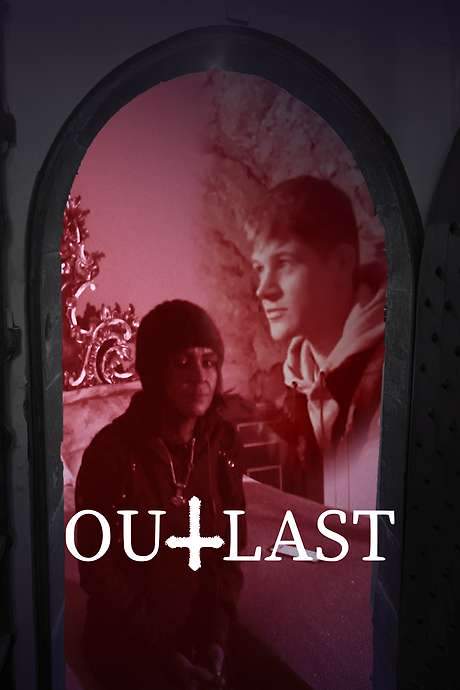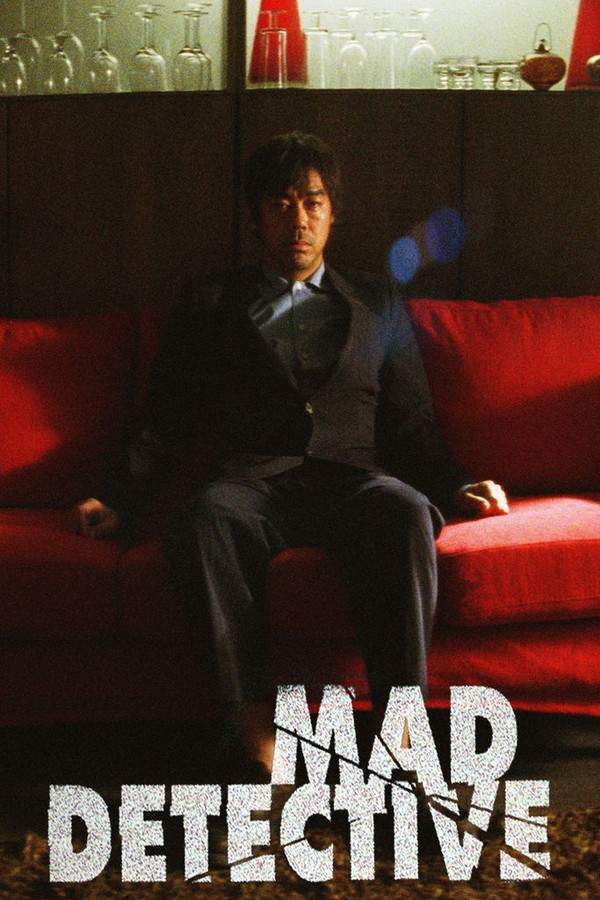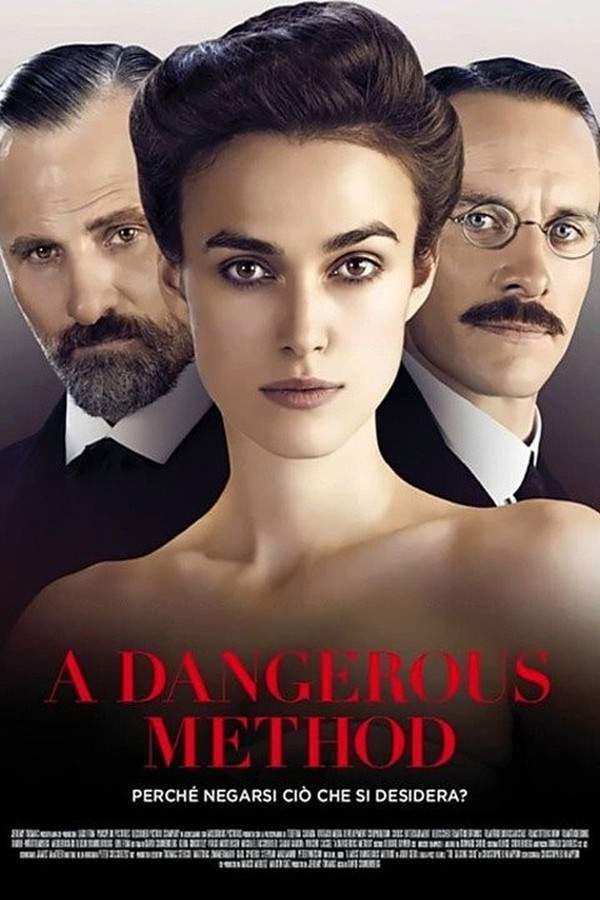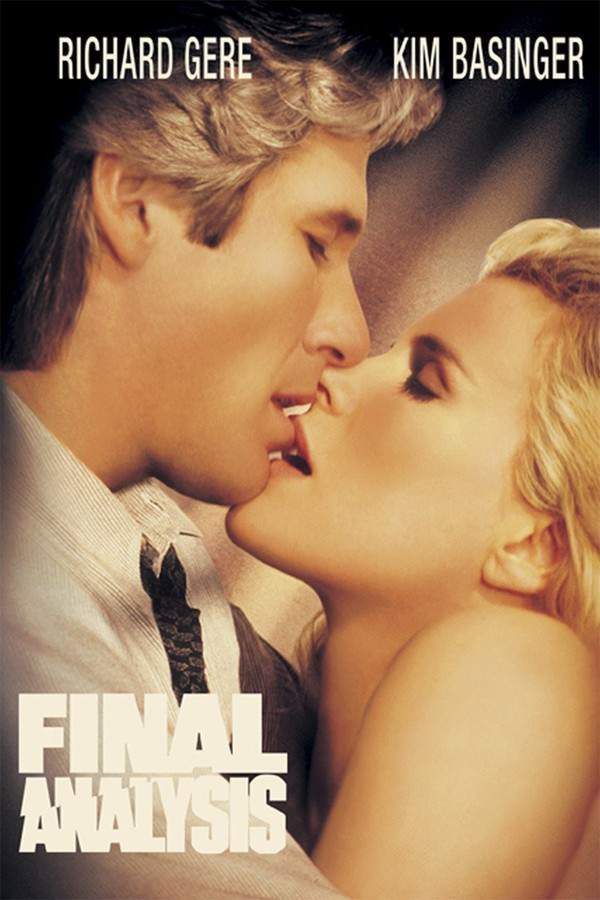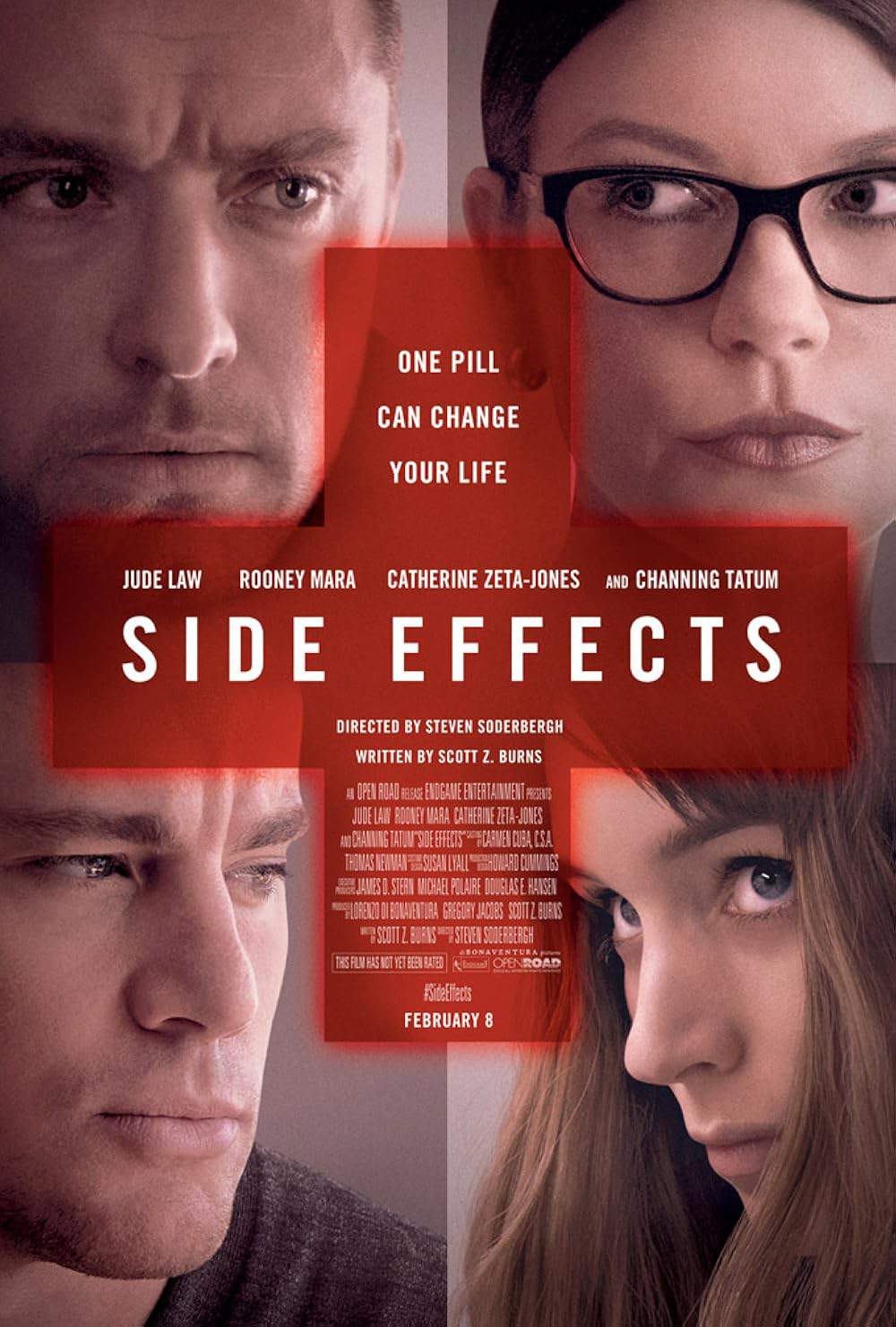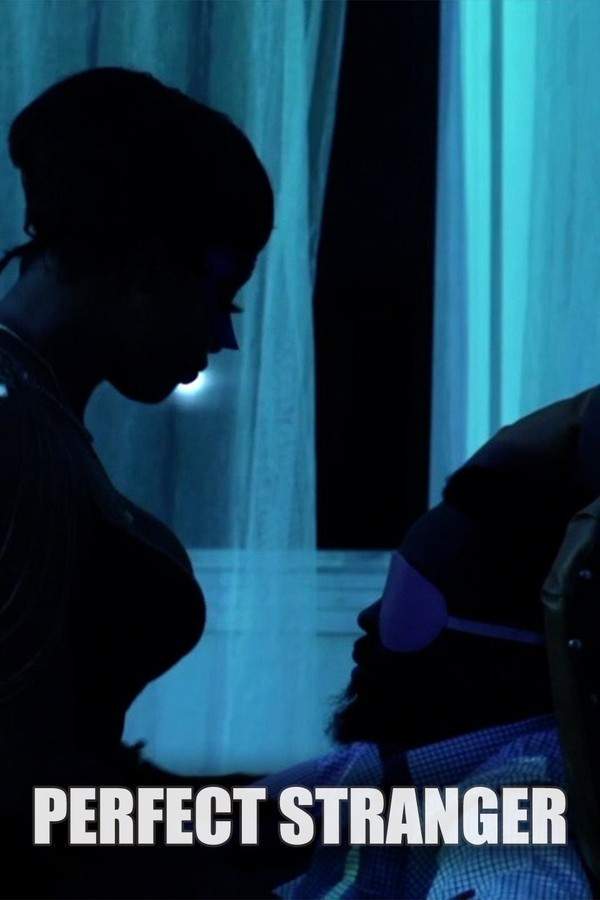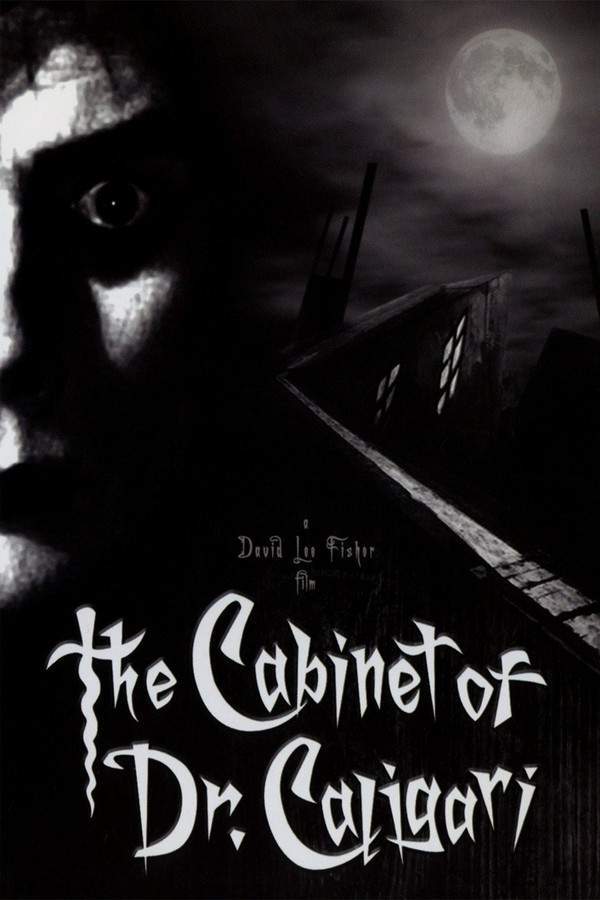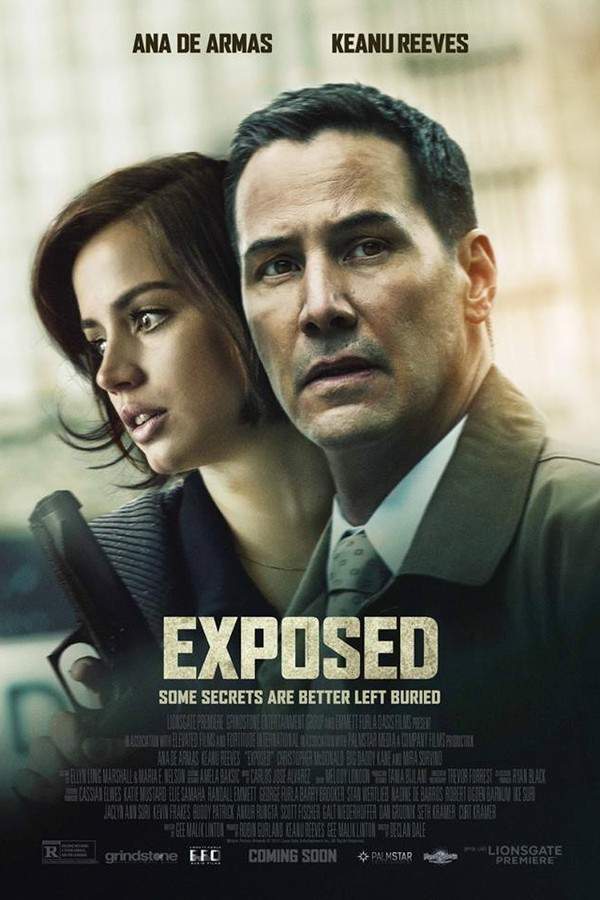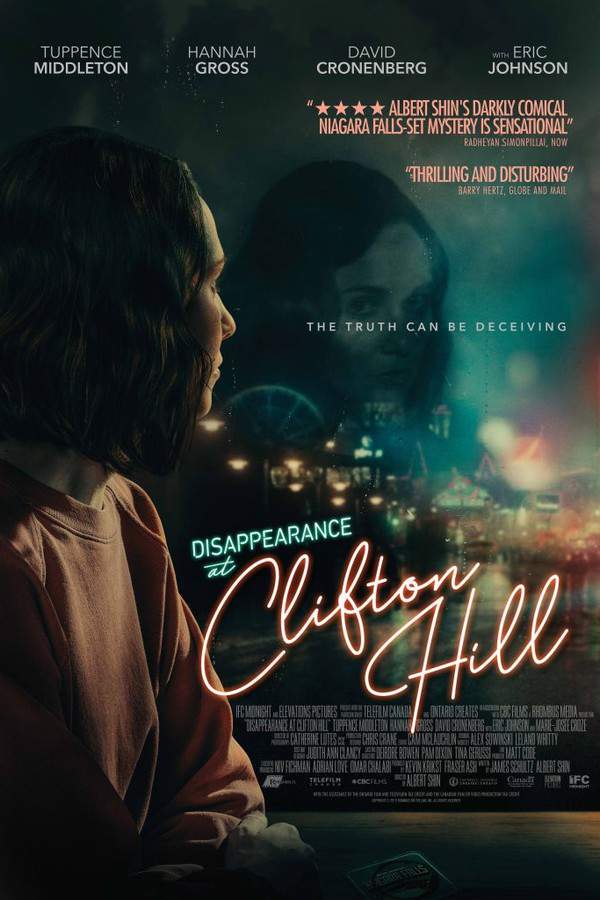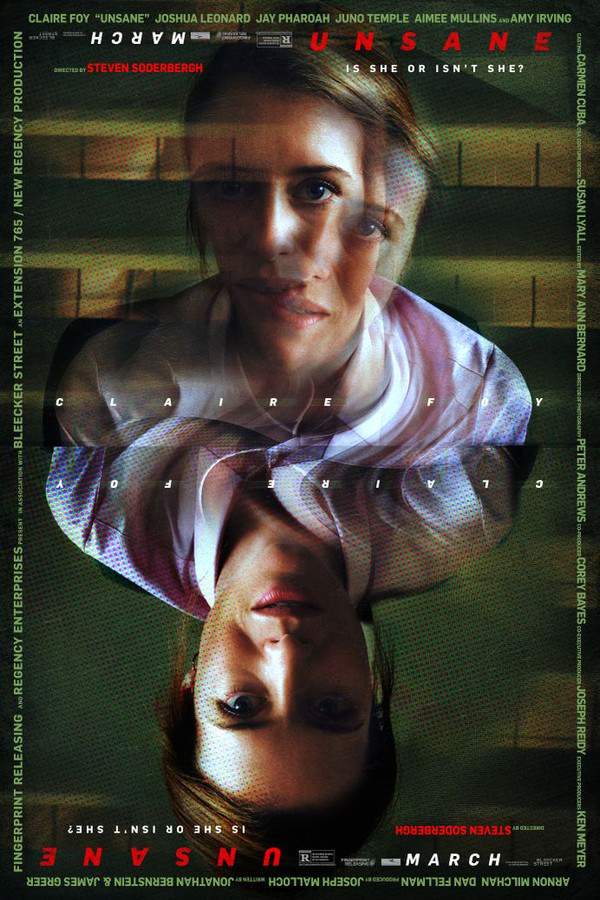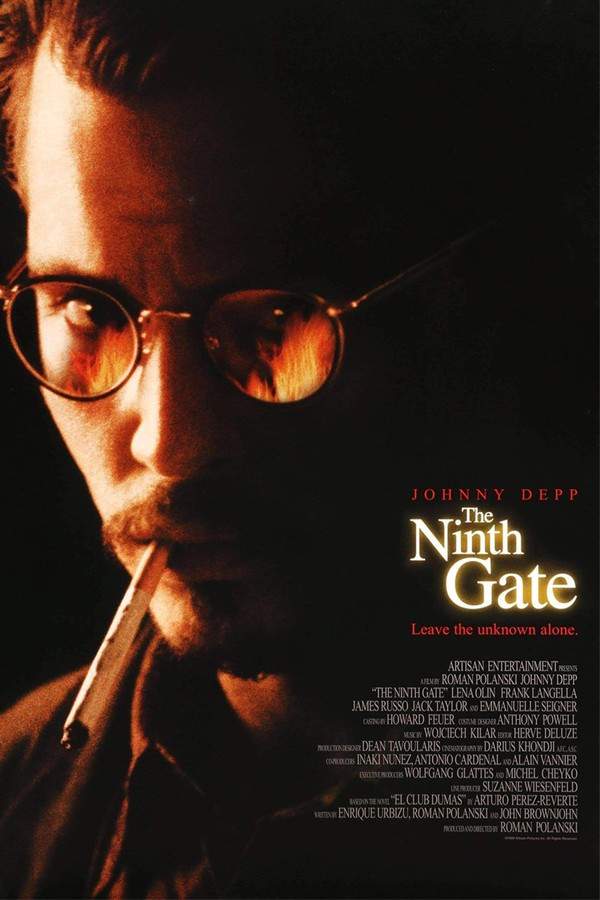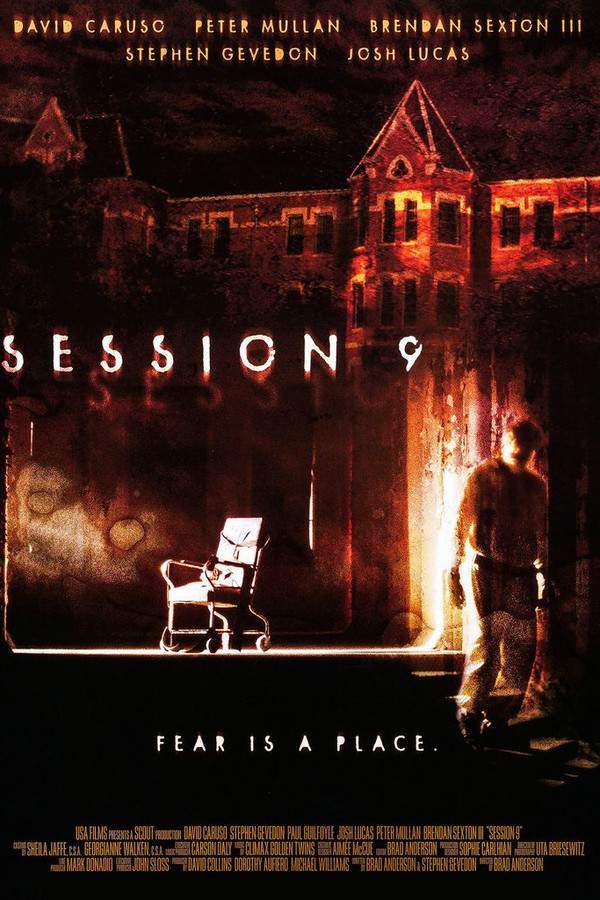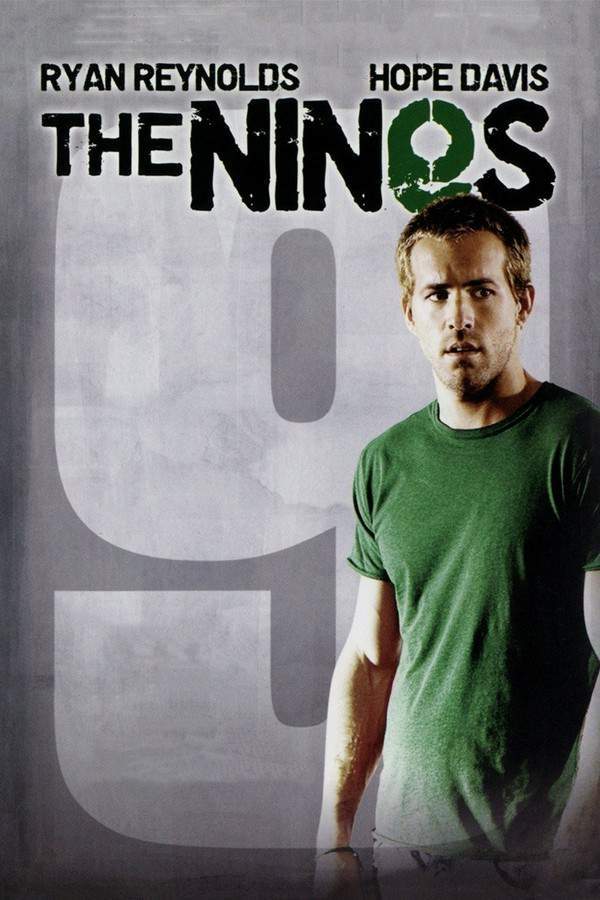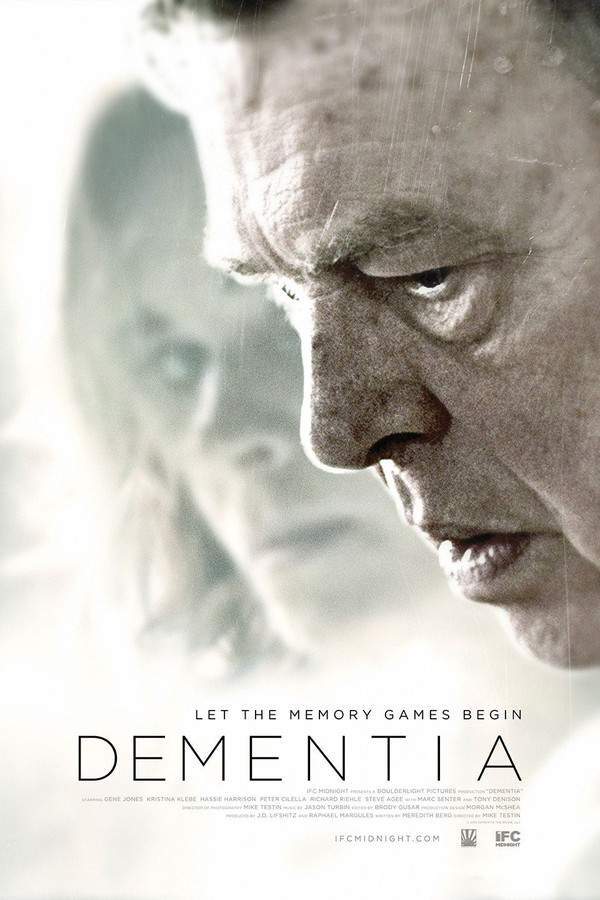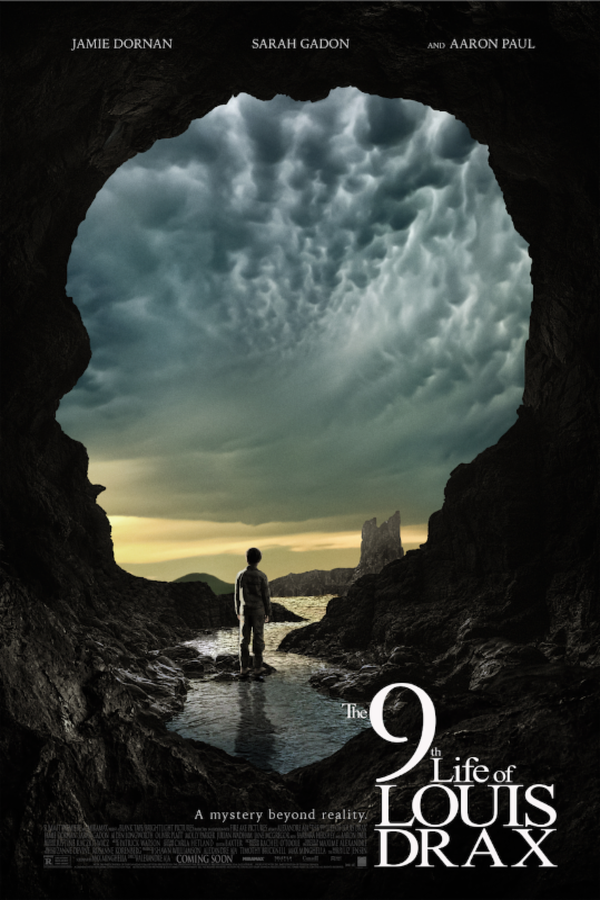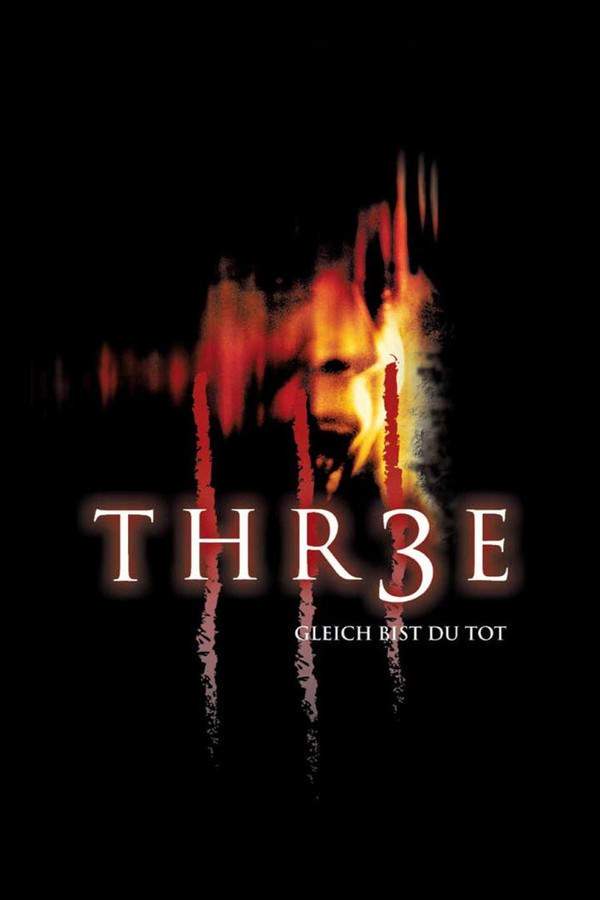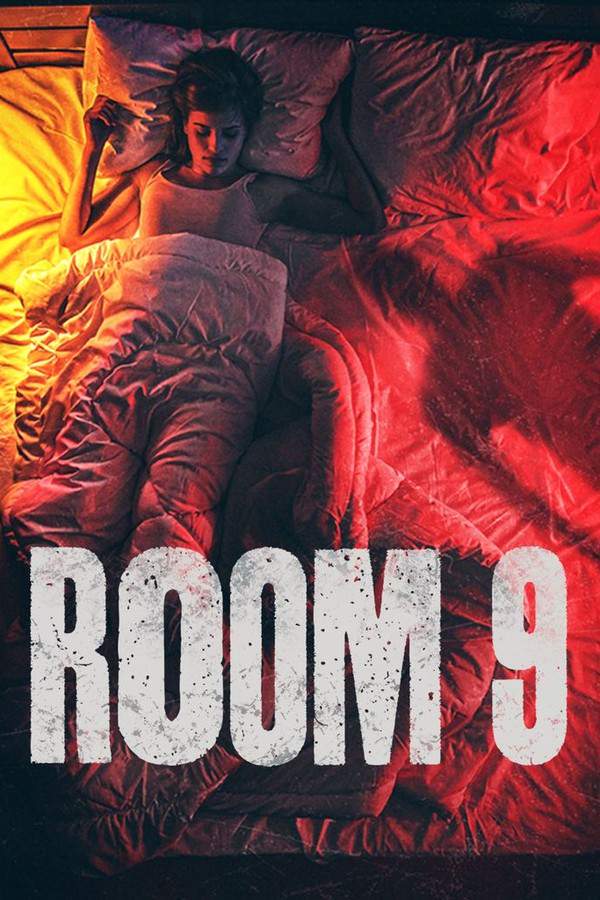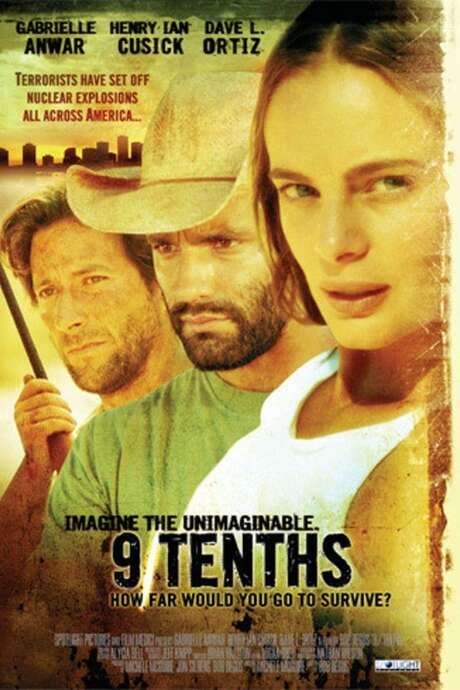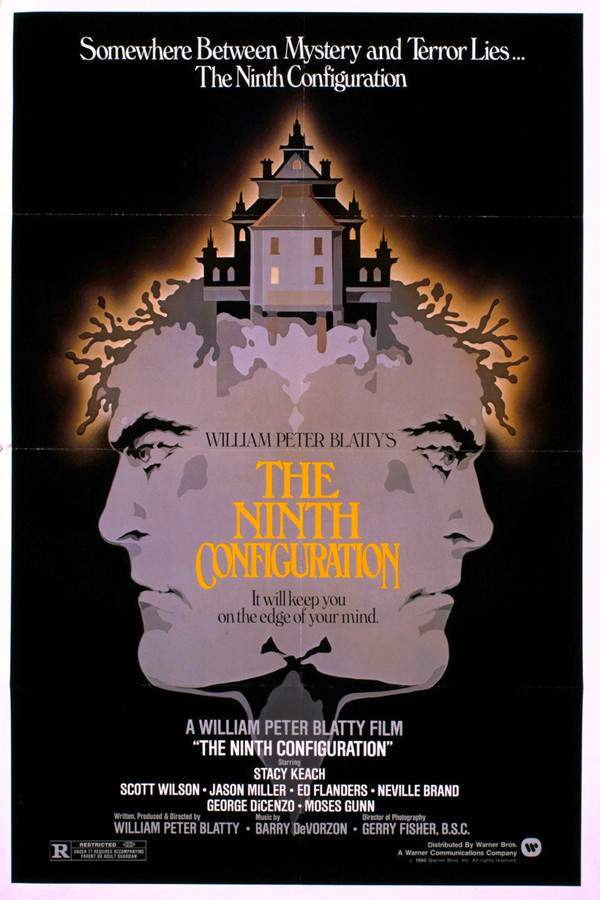
The Ninth Configuration
Year: 1980
Runtime: 118 min
Language: English
Director: William Peter Blatty
A military psychiatrist, Colonel Vincent Kane, is assigned to a castle asylum to evaluate patients exhibiting bizarre behavior. Among them is Captain Billy Cutshaw, an astronaut haunted by unsettling experiences. As Kane investigates, the boundaries between reality and delusion become increasingly unclear, forcing both men to confront profound questions about science, faith, and the fragility of the human mind. Their interactions lead to a disturbing exploration of existential crises and the potential for madness.
Warning: spoilers below!
Haven’t seen The Ninth Configuration yet? This summary contains major spoilers. Bookmark the page, watch the movie, and come back for the full breakdown. If you're ready, scroll on and relive the story!
The Ninth Configuration (1980) – Full Plot Summary & Ending Explained
Read the complete plot breakdown of The Ninth Configuration (1980), including all key story events, major twists, and the ending explained in detail. Discover what really happened—and what it all means.
Billy Cutshaw, portrayed by Scott Wilson, is a former astronaut who has succumbed to madness and now resides in a grand castle nestled within the scenic forested regions of the Pacific Northwest. Meanwhile, Colonel Vincent Kane, played by Stacy Keach, a former United States Marine Corps officer plagued by recurrent nightmares, is en route to this enigmatic castle. On his journey, he encounters a pickup truck brimming with a raucous biker gang, and to his horror, he notices an elderly man bound to a chair in the back.
Upon his arrival at the castle, Kane quickly realizes that maintaining order among the unruly and irreverent patients is a daunting task for the castle’s military staff. He initially attempts to converse with a doctor, only to discover that the supposed physician is, in fact, another patient masquerading as one. It is then that Colonel Ed Flanders, who identifies himself as the genuine doctor, reveals the deception. Kane opens his office doors to several patients, encouraging them to share their personal delusions, warmly asserting his readiness to listen. In an unanticipated exchange, Cutshaw willingly offers Kane his saint’s medallion, prompting Kane to remark on the therapeutic effects of “shock therapy” as he inspects the medallion.
Later, Kane finds himself awakened from another tormenting nightmare by Fell, who inquires about the source of his distressing dreams. Kane shares that they belong to another man, someone he had heard describe them—the nightmare belongs to his brother, a man labeled as a “murderer.” This brother, notoriously known as Vincent “Killer” Kane, had a dark history, attributed to the deaths of countless enemies during his time as a guerrilla soldier. Kane reflects on the haunting truth that “Killer” Kane is now deceased, leaving Fell, who is actually Kane’s brother Hudson, to reminisce in sorrow as he departs.
As the story unfolds, Cutshaw engages in a thought-provoking conversation with another patient, questioning Kane’s sanity, and suggesting that those within the psychiatric profession often succumb to madness themselves. Cutshaw articulates a vehement denial of purpose or divine plan, prompting Kane to present his belief that God’s existence is more plausible than the randomness of human origin. The debate intensifies when Cutshaw demands an anecdote of selfless sacrifice from Kane’s own life, which Kane struggles to provide.
In a pivotal moment, Cutshaw persuades Kane to attend a church service with him. However, the service takes an unexpected turn when Cutshaw disrupts proceedings with his outbursts, while Kane grapples with a vivid hallucination of a Vietnamese boy. After the service, the gratitude expressed by Cutshaw turns into a request for a sign from Kane regarding the afterlife, an oath Kane earnestly promises to uphold.
Cutshaw meets another unique patient, Jason Miller, who is creatively directing a rendition of Hamlet featuring dogs as cast members. The interactive dialogue provides a moment of levity, as they discuss the blurred lines between sanity and madness, reflecting on the power of performance art. However, the atmosphere shifts as Kane confronts a moment from his past when a new soldier arrives, sending him spiraling into a traumatic flashback from Vietnam—a haunting episode that solidifies his trauma and guilt.
Kane’s internal battle continues as the staff, now aware of his true identity as Vincent “Killer” Kane, carefully orchestrates a façade, permitting him to play the role of the commanding officer in hopes of treating his mental state. After collapsing from his overwhelming memories, Kane’s unravelling forces him into a chilling confrontation.
In a desperate act, Cutshaw manages to escape the confining walls of the castle, only to be confronted and mercilessly assaulted by the very biker gang he previously encountered. In a moment of violent clarity, Kane arrives to rescue him, unleashing a terrifying fury that results in the demise of the bikers.
Back at the castle, Cutshaw finds Kane wrapped in a blanket and lost in his thoughts about God and the essence of human goodness. As Cutshaw departs, he witnesses a blood-stained knife slip from Kane’s grasp, leading him back to Kane’s office where he uncovers the harrowing truth: Kane has sacrificed himself to exemplify the very act of selflessness he could not articulate earlier.
Eventually, Cutshaw returns to uniform, revisiting the now-desolate castle. In an emotional moment, he discovers a heartfelt note from Kane, who hoped to provoke a return to sanity in Cutshaw’s heart through his ultimate sacrifice. As Cutshaw steps back to his car, he finds the saint’s medallion resting on the seat—a miraculous sign that rekindles hope and belief in a higher purpose.
Last Updated: November 02, 2024 at 11:30
Explore Movie Threads
Discover curated groups of movies connected by mood, themes, and story style. Browse collections built around emotion, atmosphere, and narrative focus to easily find films that match what you feel like watching right now.
Claustrophobic institution thrillers like The Ninth Configuration
Stories set in isolated institutions where sanity and reality unravel.If you liked the oppressive, castle-bound atmosphere of The Ninth Configuration, explore these movies set in isolated asylums and remote facilities. This thread features similar stories where confined settings intensify psychological breakdowns and challenge perceptions of reality, for fans of dark, philosophical dramas.
Narrative Summary
Narratives in this thread often involve an outsider arriving at a secluded institution to evaluate or manage its inhabitants, only to have their own grip on reality tested. The confined world operates by its own bizarre logic, leading to a collapse of authority and a questioning of who is truly sane. The journey is inward, exploring trauma and existential dread within a microcosm of society.
Why These Movies?
Movies are grouped here based on their shared use of a remote, institutional setting as a primary source of tension and metaphor. They create a palpable sense of claustrophobia and explore themes of madness, authority, and the subjective nature of reality, resulting in a uniquely unsettling viewing experience.
Movies where the investigator unravels like in The Ninth Configuration
Where the psychologist or investigator loses their own grasp on reality.If you were fascinated by Colonel Kane's psychological journey in The Ninth Configuration, this thread finds more movies where therapists or detectives confront madness themselves. Discover similar complex narratives about healers facing their own demons, blending mystery and deep psychological drama.
Narrative Summary
The narrative pattern follows a competent, rational figure who enters a confusing or chaotic situation. As they delve deeper, their professional objectivity fails, and they are forced to confront repressed personal trauma or fundamental doubts. The story structure often mirrors this internal collapse, becoming more fragmented and surreal as the protagonist's grasp on reality weakens.
Why These Movies?
These films are grouped by their shared focus on the psychological vulnerability of the healer or investigator archetype. They share a complex narrative structure, a dark tone, and a heavy emotional weight centered on the theme of a fractured identity and the failure of rational systems.
Unlock the Full Story of The Ninth Configuration
Don't stop at just watching — explore The Ninth Configuration in full detail. From the complete plot summary and scene-by-scene timeline to character breakdowns, thematic analysis, and a deep dive into the ending — every page helps you truly understand what The Ninth Configuration is all about. Plus, discover what's next after the movie.
The Ninth Configuration Timeline
Track the full timeline of The Ninth Configuration with every major event arranged chronologically. Perfect for decoding non-linear storytelling, flashbacks, or parallel narratives with a clear scene-by-scene breakdown.

Characters, Settings & Themes in The Ninth Configuration
Discover the characters, locations, and core themes that shape The Ninth Configuration. Get insights into symbolic elements, setting significance, and deeper narrative meaning — ideal for thematic analysis and movie breakdowns.

The Ninth Configuration Spoiler-Free Summary
Get a quick, spoiler-free overview of The Ninth Configuration that covers the main plot points and key details without revealing any major twists or spoilers. Perfect for those who want to know what to expect before diving in.

More About The Ninth Configuration
Visit What's After the Movie to explore more about The Ninth Configuration: box office results, cast and crew info, production details, post-credit scenes, and external links — all in one place for movie fans and researchers.

Similar Movies to The Ninth Configuration
Discover movies like The Ninth Configuration that share similar genres, themes, and storytelling elements. Whether you’re drawn to the atmosphere, character arcs, or plot structure, these curated recommendations will help you explore more films you’ll love.
Explore More About Movie The Ninth Configuration
The Ninth Configuration (1980) Scene-by-Scene Movie Timeline
The Ninth Configuration (1980) Movie Characters, Themes & Settings
The Ninth Configuration (1980) Spoiler-Free Summary & Key Flow
Movies Like The Ninth Configuration – Similar Titles You’ll Enjoy
Unsane (2018) Complete Plot Breakdown
The Ninth Gate (2000) Spoiler-Packed Plot Recap
Session 9 (2001) Movie Recap & Themes
The Dark Hours (2005) Full Summary & Key Details
The Nines (2007) Complete Plot Breakdown
Dementia (2015) Detailed Story Recap
The 9th Life of Louis Drax (2016) Story Summary & Characters
Thr3e (2007) Plot Summary & Ending Explained
Room 9 (2021) Full Summary & Key Details
9/Tenths (2006) Spoiler-Packed Plot Recap
Man Facing Southeast (1986) Story Summary & Characters
Nine Perfect Strangers (1000) Film Overview & Timeline
The Man with Nine Lives (1940) Ending Explained & Film Insights
The Ninth Heart (1979) Spoiler-Packed Plot Recap
Nine Miles Down (2009) Spoiler-Packed Plot Recap

